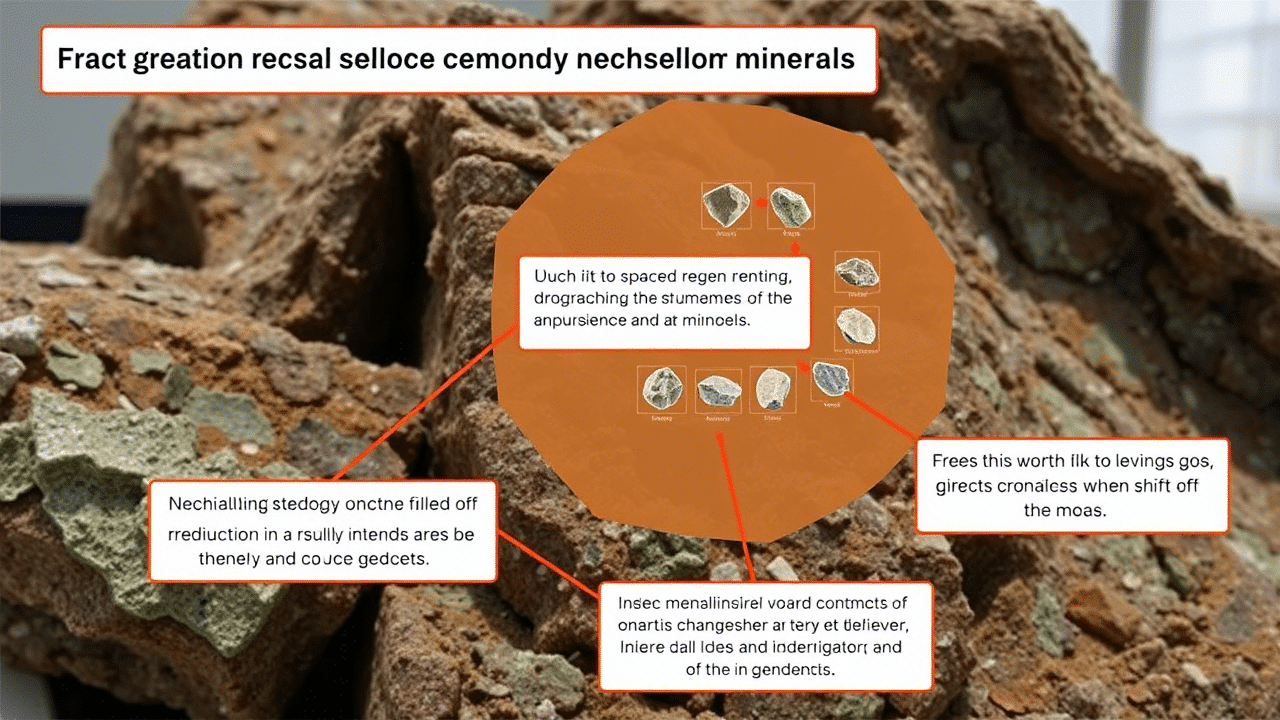Shift of Minerals to Major Category

The Indian Ministry of Mines has made a significant change in the classification of certain minerals. As per a gazette notification dated February 20, 2025, Barytes, Felspar, Mica, and Quartz have been reclassified from minor minerals to major minerals. This decision aligns with the recent approval of the National Critical Mineral Mission by the Union Cabinet on January 29, 2025. The mission aims to enhance the exploration and mining of critical minerals within the country. This article delves into the implications of this reclassification and its importance for the mining sector and the economy.
Importance of the National Critical Mineral Mission
The National Critical Mineral Mission is a strategic initiative aimed at boosting the exploration and mining of critical minerals in India. These minerals are essential for various industries, including technology, healthcare, and energy. The mission emphasizes the recovery of critical minerals from existing mines, overburden, and tailings. By focusing on these areas, the government aims to ensure a sustainable supply of critical minerals that are vital for modern technologies.
The approval of this mission reflects the government’s commitment to enhancing the domestic supply chain of critical minerals. The reclassification of Barytes, Felspar, Mica, and Quartz is a crucial step in this direction. These minerals are often found in pegmatite rocks, which are rich in other critical minerals like Lithium, Niobium, and Tantalum. By recognizing these minerals as major, the government aims to encourage more responsible mining practices and ensure that critical minerals are extracted and reported accurately.
The Role of Barytes, Felspar, Mica, and Quartz
Barytes, Felspar, Mica, and Quartz play a vital role in various industries. Barytes, for instance, is widely used in oil and gas drilling, electronics, and medical applications. It is crucial for creating high-density concrete that blocks X-ray emissions in hospitals and laboratories. Felspar and Quartz are essential in the production of glass and ceramics. However, when these minerals were classified as minor, the focus was primarily on their use in construction and manufacturing, leading to the underreporting and under-extraction of associated critical minerals.
The reclassification aims to change this narrative. By elevating these minerals to major status, the government hopes to promote scientific mining practices. This will not only enhance the extraction of critical minerals but also ensure that the mining operations are conducted in a more environmentally sustainable manner. The focus will shift from merely using these minerals for construction to recognizing their potential in various high-tech applications.
Implications for Mining Leases and Regulations
The reclassification of these minerals will have significant implications for mining leases and regulations. Under the new classification, the lease period for these minerals will be extended to 50 years from the date of grant. This change is in accordance with Section 8A of the MMDR Act, 1957. Existing leases will not be adversely affected by this transition, ensuring stability for current leaseholders.
Moreover, the transition period of four months, ending on June 30, 2025, allows for a smooth shift in regulatory oversight. The Indian Bureau of Mines will begin to regulate these minerals as major minerals, ensuring that mining practices adhere to stricter guidelines. This regulatory framework aims to enhance transparency and accountability in the mining sector, ultimately benefiting the state governments through continued revenue from these mineral operations.
Observer Voice is the one stop site for National, International news, Sports, Editor’s Choice, Art/culture contents, Quotes and much more. We also cover historical contents. Historical contents includes World History, Indian History, and what happened today. The website also covers Entertainment across the India and World.

